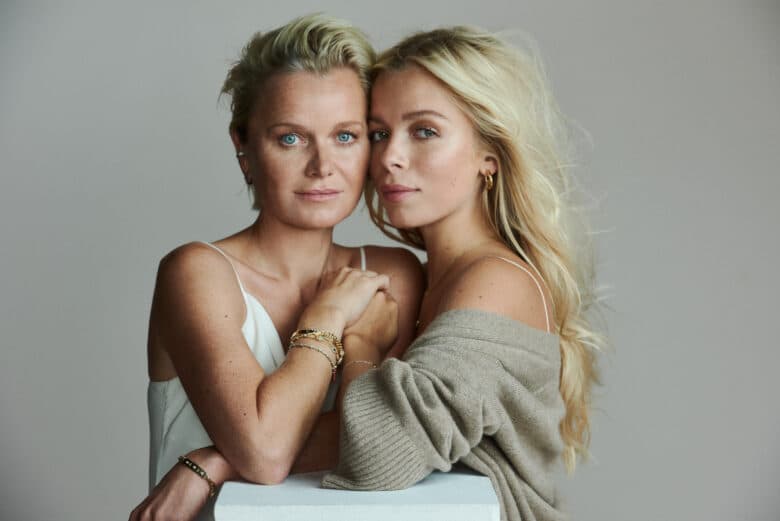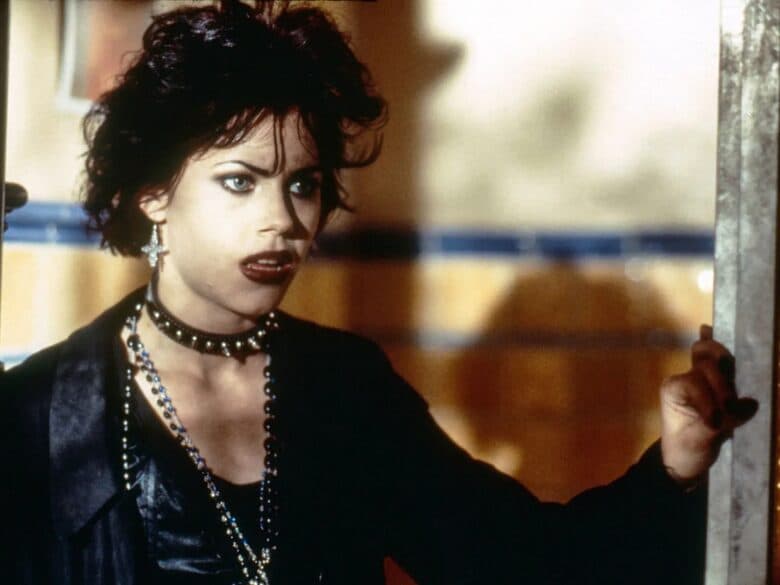Post Malone’s music director takes us BTS of building the star’s ‘Twelve Carat Tour’
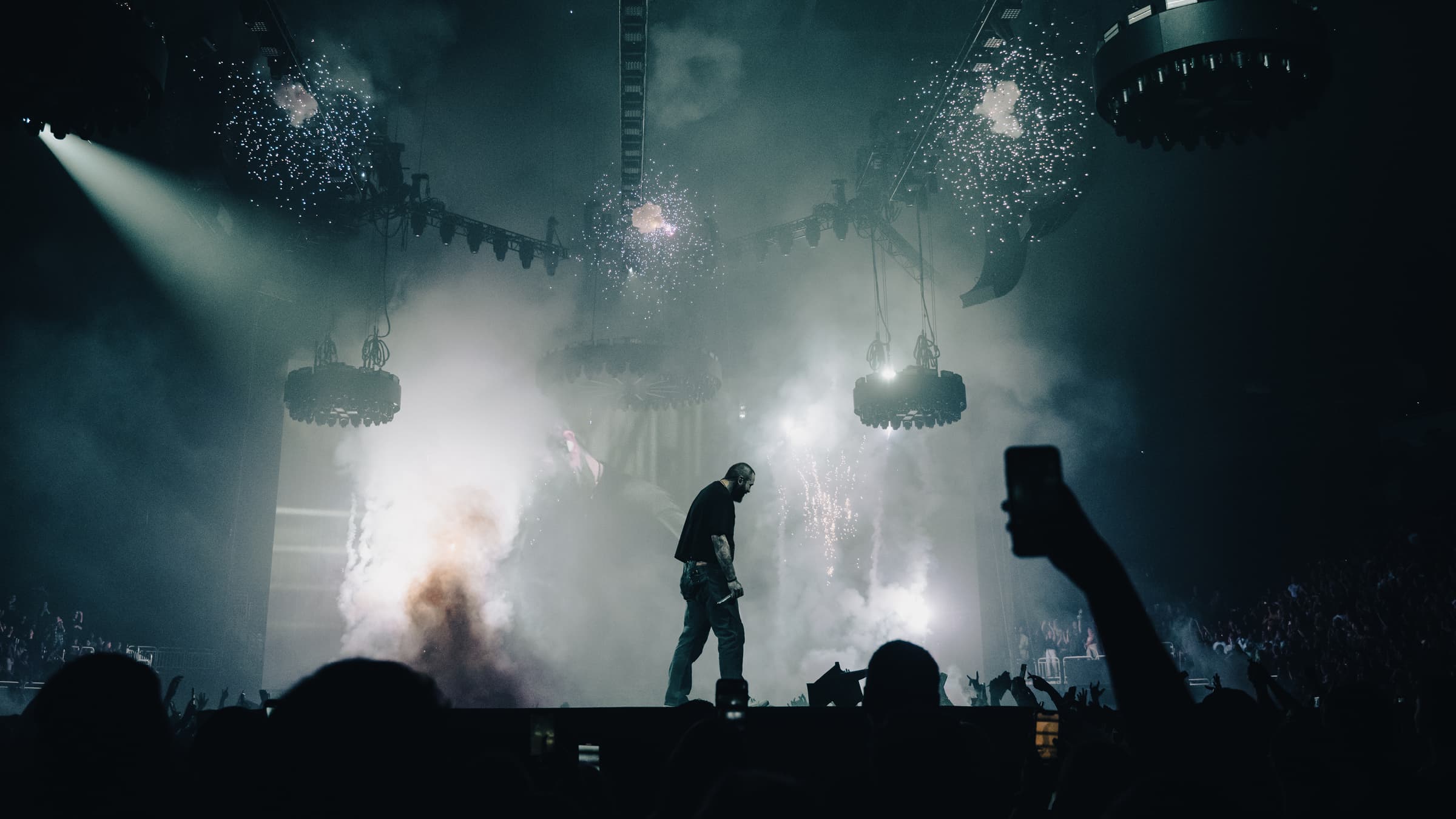
It’s easy to fixate on the musician during a larger-than-life show as they tower above the crowd on stage in an almost God-like fashion. However, we often forget that such productions require an army of contributors to make sure things run smoothly, whether that be set designers, security, sound engineers or just about any job you can think of – it takes a lot. And when it comes to live music, there’s probably no more important aspect than, well, music, of course – which is where music director William Bowerman comes in. Bowerman was recently enlisted as music director for none other than Post Malone’s Twelve Carat Tour, where he worked closely alongside Post and his creative director Lewis James to help build the tour.
Bowerman’s role involves slimming down Post’s extensive, hit-filled discography into a concise and thematic setlist, breaking down and remixing parts of songs, rehearsing with the artist and much more. In just over two months, the music director and his team built the audio aspects of the show from scratch, and brought them to audiences in arena’s across Europe. Whilst fans are enjoying the arena-shaking bass, singing along in unison, and letting loose, it wouldn’t be possible without Bowerman’s and his team’s expertise. Here, HUNGER sits down with the music director to explore what really goes into building such a production, and all the trials and tribulations that come alongside it.
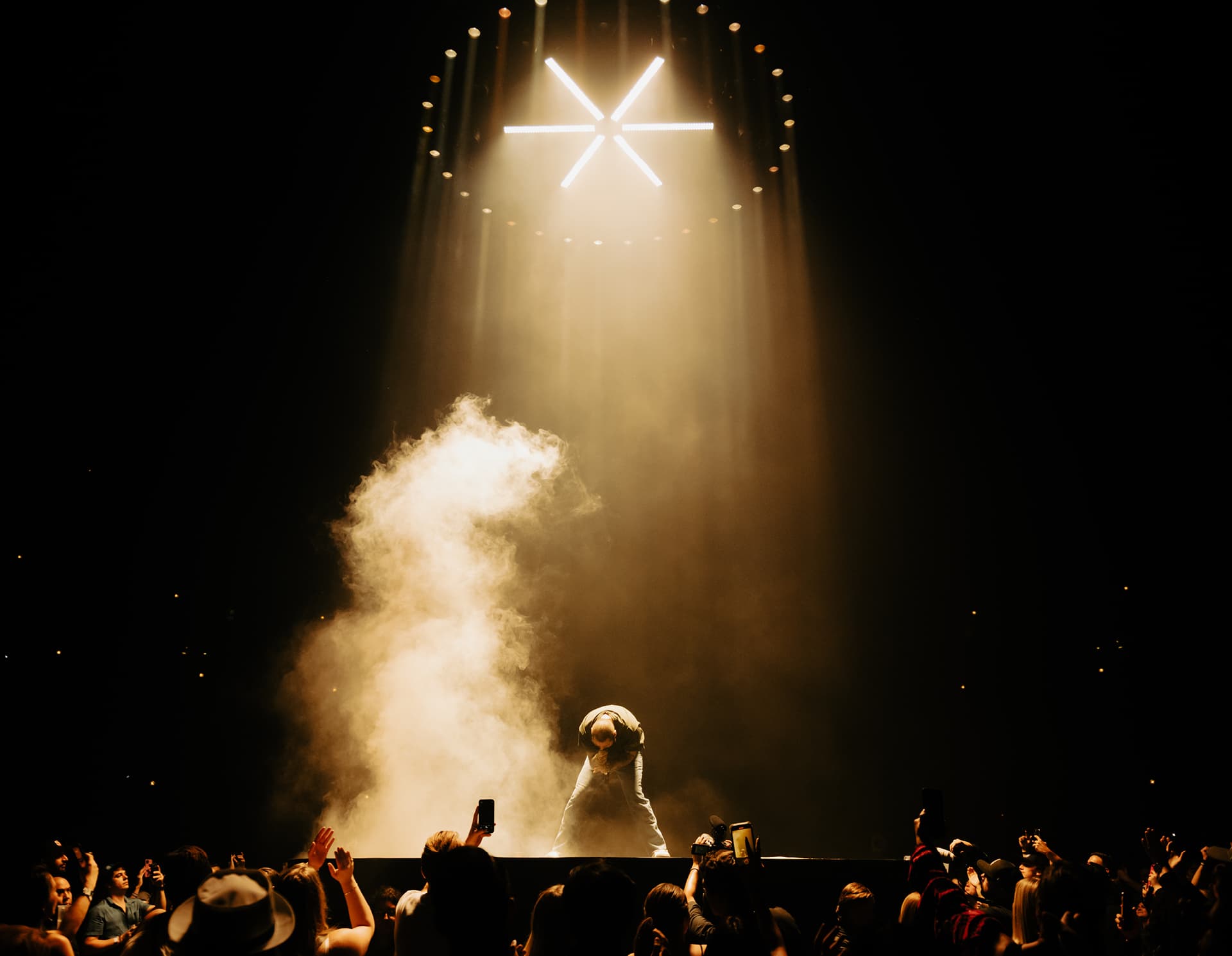
How was the creative process between you and Post, and how did it evolve eventually over time?
William: We were brought in by a mutual friend, who’s his creative Director, who my company WFB Live, have worked with on PinkPantheress and with Yungblud. Then after a PinkPantheress rehearsal, he invited us to work on the Post show. We were obviously very excited about working with both of them. It’s always very interesting when you move into a new camp; you kind of have to work out how everybody works, what everyone’s style is, and what they like and don’t like. There’s always this slight risk at the beginning of a project. Do you play safe, or do you push hard? So we went and pushed quite hard on certain things, and sure, we got some of them through and some of them not. But that’s the position I want to be in. I think for me, coming onto the project was all about pushing ideas that maybe they hadn’t done before. They haven’t done extended sections and all that kind of stuff, which I see as the bread and butter of music direction. And Post responded really well to it. I think that in our job, you have to slightly prove yourself once for an artist to fully trust your vision and your work. So we did that talk. The tour’s been really successful. It’s gone down really well, and Post has really enjoyed it himself too. So when it comes to looking into the future stuff, which we’re talking about at the moment, he’s a lot more like ‘bring the ideas, do what you did before.’ He wants that as part of the creative process. He wants us to bring things that he maybe wouldn’t have thought of. We felt it was a really good show, and he did too. And now there’s a lot more trust, and obviously, a year of having a relationship helps kind of build shows from there. So it’s changed and for the better. Massively.
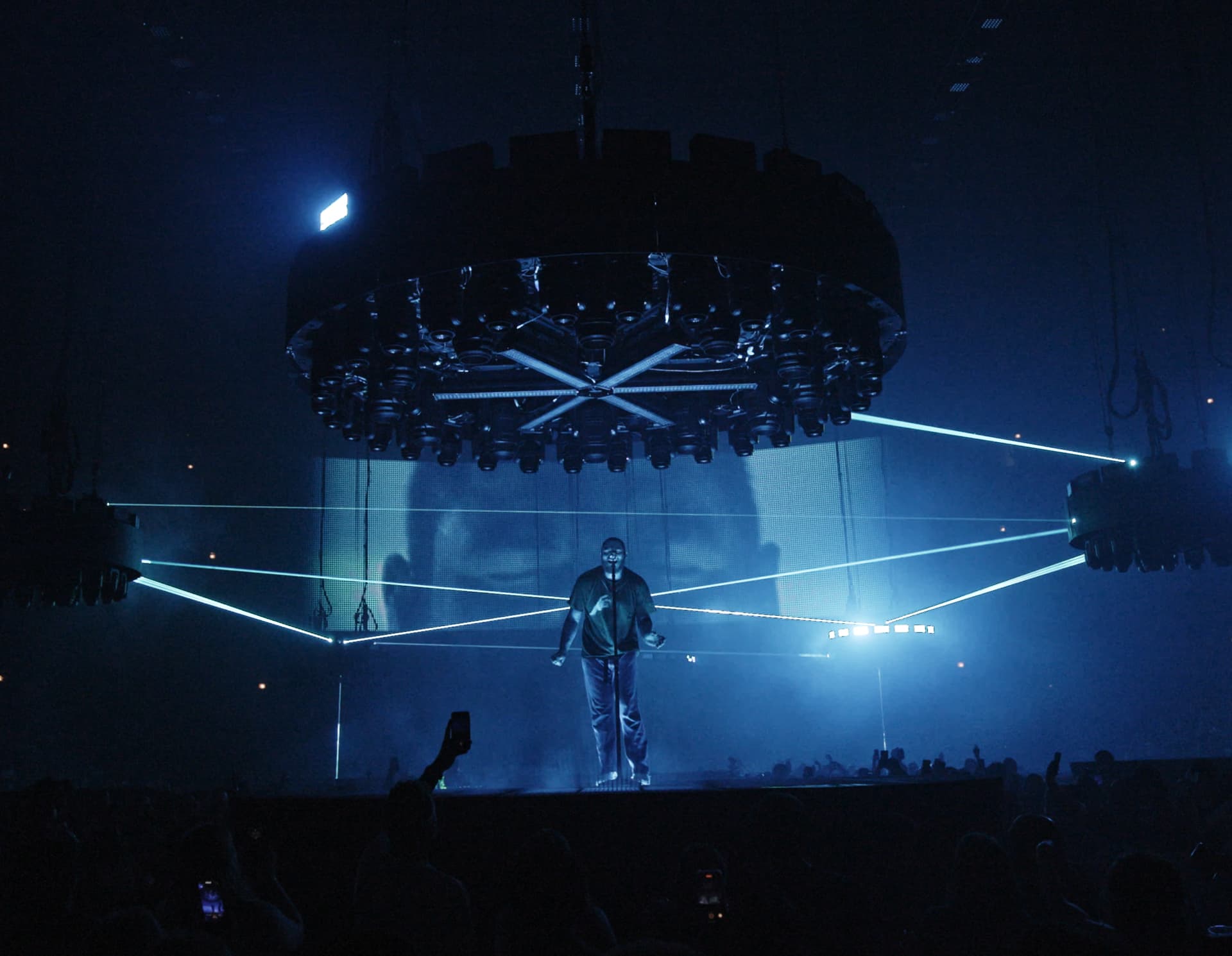
How do you ensure that it’s a true collaboration and input your own ideas whilst maintaining the artist’s creative vision?
William: See, that’s quite difficult, but something I absolutely love. Mainly because face time with any artist of Post’s size is less than if you’re working with a new band, right? For us, it’s about reading lyrics, and it’s about learning the songs. It’s about getting into his world. And we have to do that away from him. We had to listen to it and learn what he was singing about, his struggles, and what he was happy about. And when it comes to building the show from there, we use that as our blueprint really. You know, like, okay, well these songs, the artist is feeling X, and in these songs, the artist is feeling Y. What’s the narrative? And for us, we work very closely as far as what the narrative of the show is. Because if there’s I hate you, I want you back, we’re together, and it’s all together, it’s not gonna make any sense. So we have to talk about lyrics and where that all fits together, as well as sonically that the songs actually work together. So, yeah, that’s a big part of our process for sure. It’s all a story, and I think that we’re given the script, i.e. the lyrics, and we have to make it into a film. That’s how I kind of think about it.
How long had you been working on the shows before they came to fruition?
William: Probably two months in total from the first email to it being on stage, so it was a quick turnaround. But I quite like it that way. Sometimes it makes you a bit more assertive with your decisions. There’s no time to waste; just go. Does it sound good? Yes. Let’s do it. Move on. And actually, I think you can kind of feel that I. I can feel that in Post’s show. It’s very much like we’ve made the decision, and we’ve gone cool. Run with it. Let’s go. And it felt good as opposed to you can sometimes overcomplicate things by thinking about it too much, you know?
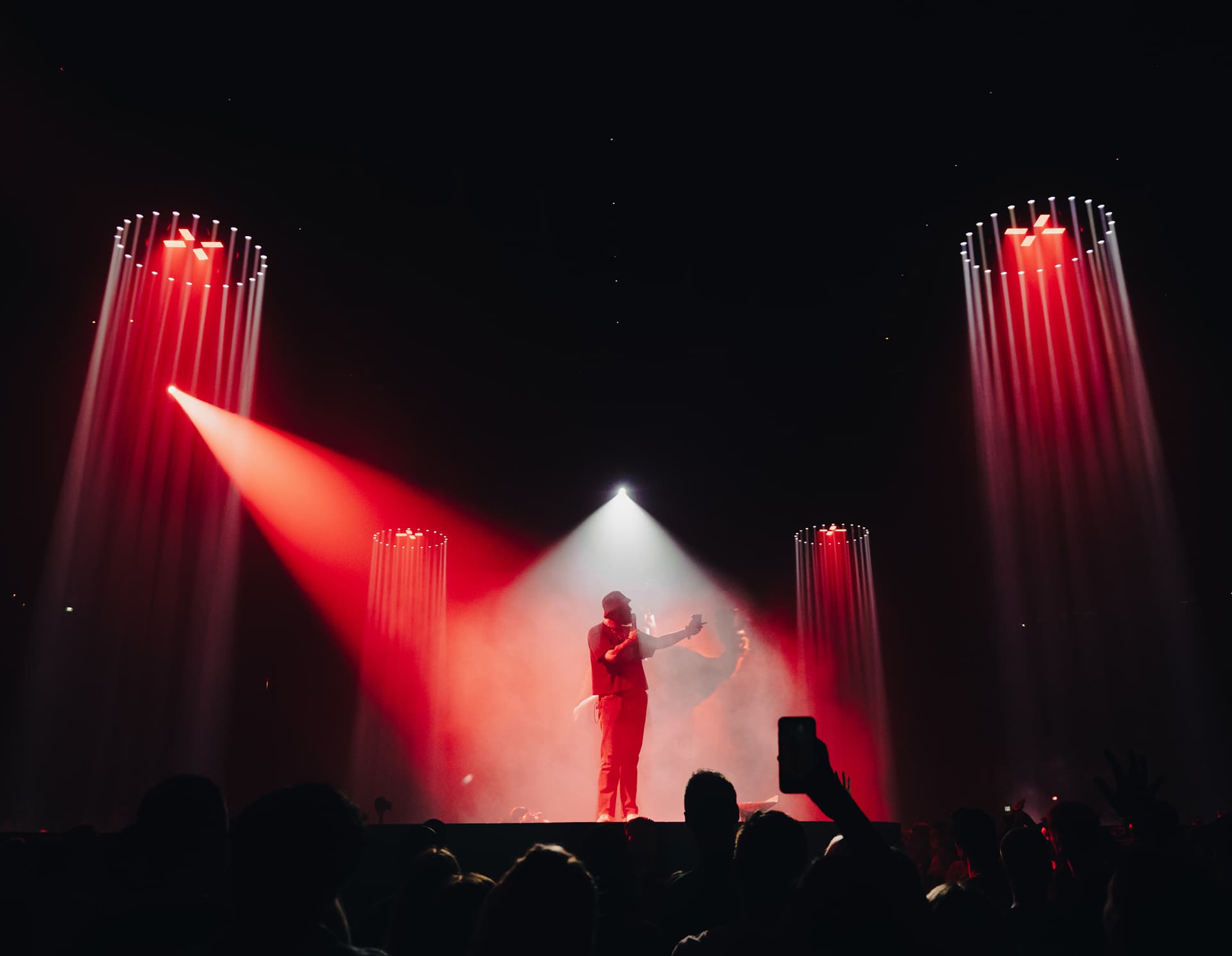
Could you talk me through a bit of the process from, say, when you get the first email, a bit of a timeline of how this all comes together?
William: So we’ll get the first email, which we’ll kind of have a brief about what the tour is, and we need it to include music from his back catalogue but focus on the new record, is what we’d say, right? From there, me and my amazing team will sit down and go through basically every song he’s ever done. We’ll listen to every song, we’ll read every lyric, and we’ll try and become experts in Post’s music. It’s all about getting the perfect set list before we’ve made any music, played any chords, or made any drum machines or anything. We have to get the perfect set list, and we’ll get that signed off first. For someone like Post, that’s really hard because he has quite a few records and a lot of hits too. So even his hits alone, you put them in a set list, and you’ve covered 40 minutes. And then you need to get a good back catalogue of fan favourites, which takes you to 60, and then you’ve only got half an hour with some new stuff. Then there’s obviously a bit of back and forth to make sure that we are happy, Post’s happy and everything is good there.
We try to imagine ourselves from the audience’s position, not as the people building the show. And we were thinking, right, what haven’t Post fans seen, you know, what songs have they not heard in three years? And we tried to get really in detail to make the fan as happy as possible. Then we put our creative vision on top of that to build it into something that we felt was a really cohesive piece of work that led you on a bit of a journey through his eras and different styles.
The more collaborative it is, the better. Sometimes with people, you just deliver a show, and they go, ‘okay, thank you,’ and then you don’t hear from them. But someone like Post, he’s got a lot of opinions, a lot of ideas, and I love that so much. It meant it made it a lot easier to build. Once we build the show, and it’s kind of in London, and it’s signed off, we’ll then go out to rehearsals, and then it’s about working with the bigger team and the creative director to make sure that anything that they’ve done with the lights or the video, we’re supporting that. We’re the soundtrack of this film, so we have to make sure that if something visually hits you, what can we do to complement that?
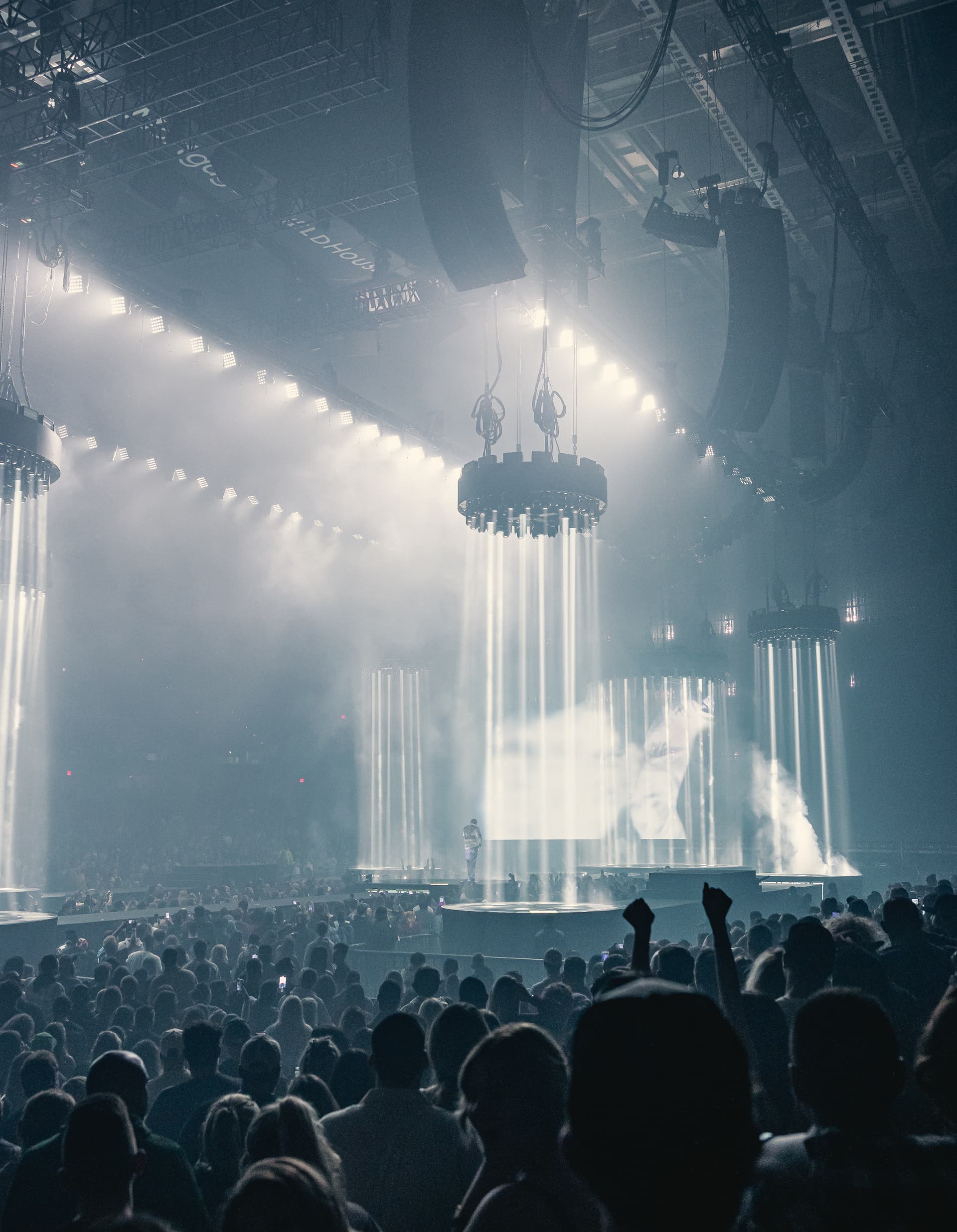
So, after all the build-up, you finally get to the first night of the show. Are there any nerves?
William: There’s always nerves. Even though we could not have done anything more for this to be great, so on that side, you could justify it to yourself and go, “okay, whatever happens, happens.” But we put in our absolute everything to do this. Interestingly, I spent the first 13 years of my professional career as a session musician playing with different pop stars as a drummer. And going on stage and performing is so much less stressful than watching the show you’ve built. Honestly, watching it, you have no control at that point. But when you’re on stage, you have a bit more control. You have to put on a very brave face when the singer is there, and they’re nervous, but when the lights go down for that first part of the show, and you’re waiting that 10 minutes before, God, it’s the worst.
What would you say was the most difficult part of bringing it all together?
William: Definitely the setlist. As I mentioned, having so many songs, so many good songs and having to really be strict on what we played and didn’t play was really difficult. But when we got it right, It absolutely was like, well, there’s no other option, but there were about 40 different options. From there, as far as the rehearsal and the building, everything like that was all quite straightforward.
Do you have a personal favourite element of the show itself? Whether it be something you built or another aspect like visuals.
William: There are a few different favourite moments for different reasons. I love it when he plays the guitar on his own, and he plays a song called ‘Stay’, and when he does it, it’s really something special. So I love that. I think the top of the show is interesting because we start with a ballad, which no one would expect in that world. There’s a big fun part in the middle, our kind of rock section, which I’m really proud of. We sampled Black Sabbath and all these amazing legendary alternative bands that the average Post Malone fan might not have heard of. So there are a few little nuggets like that that I really enjoy. Honestly, I’m really happy with the top of the show; the crowd are engaged straight away.
